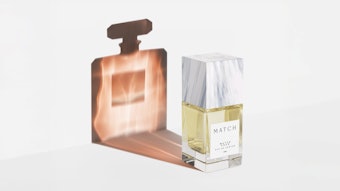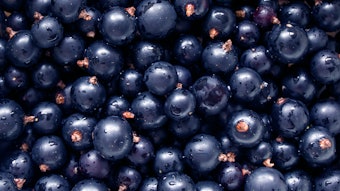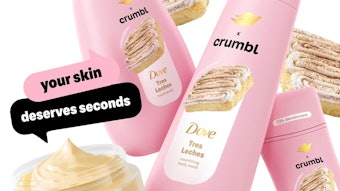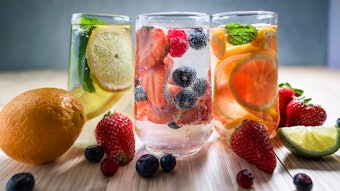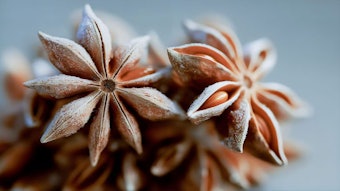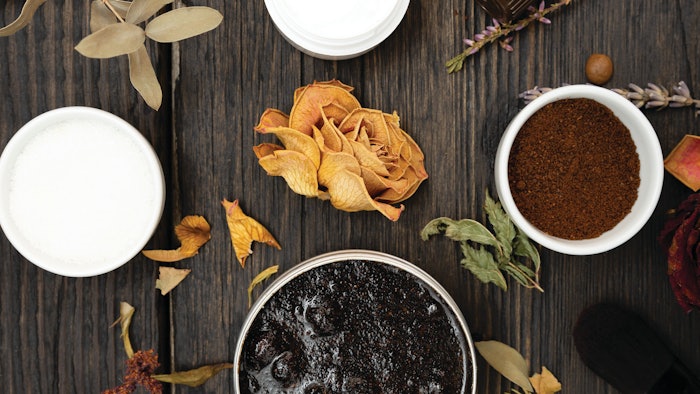
Each of the products which compose our palette, be they natural or man-made, will drive people to purchase consumer goods which contain them, from a fine perfume, a child’s lollipop, a cosmetic, a detergent for clothing, an incense stick to inspire or even a refreshing beverage on a hot summer’s afternoon. Indeed, flavors and fragrances evoke a large spectrum of emotions, invisible partners in reassurance, seduction, appetites, relaxation and meditation, a conjunction between well-acting and wellbeing.
The F&F industry is not only about stimulating emotions, it is also a significant provider of work and income to over ten million farmers worldwide, as well as other people involved in transforming natural feedstock into a highly diversified offering of perfumes and flavor materials. Equally important are those technicians who spend their lives creating new synthetic molecules which have apparently been “forgotten by nature,” research guided by the scientists in chemistry, biology, physics and, finally, IT. All these materials will fill the magician's hat of those perfumers and flavorists who can assemble these olfactive colors into a quantum of happiness.
Whether synthetics or naturals, F&F aroma ingredients are mostly relatively tiny hydrocarbon molecules. Solvents, fillers, carrier agents, preservatives or other products which do not contribute to odor or taste are excluded from this definition of aroma ingredients. Furthermore, from an ingredient standpoint, there is no universal rule—as long as regulation permits, a fragrance ingredient could become a flavor ingredient and vice versa.
Find part two of the series here.
For the full article, please check out the Perfumer & Flavorist+ April 2022 issue.




